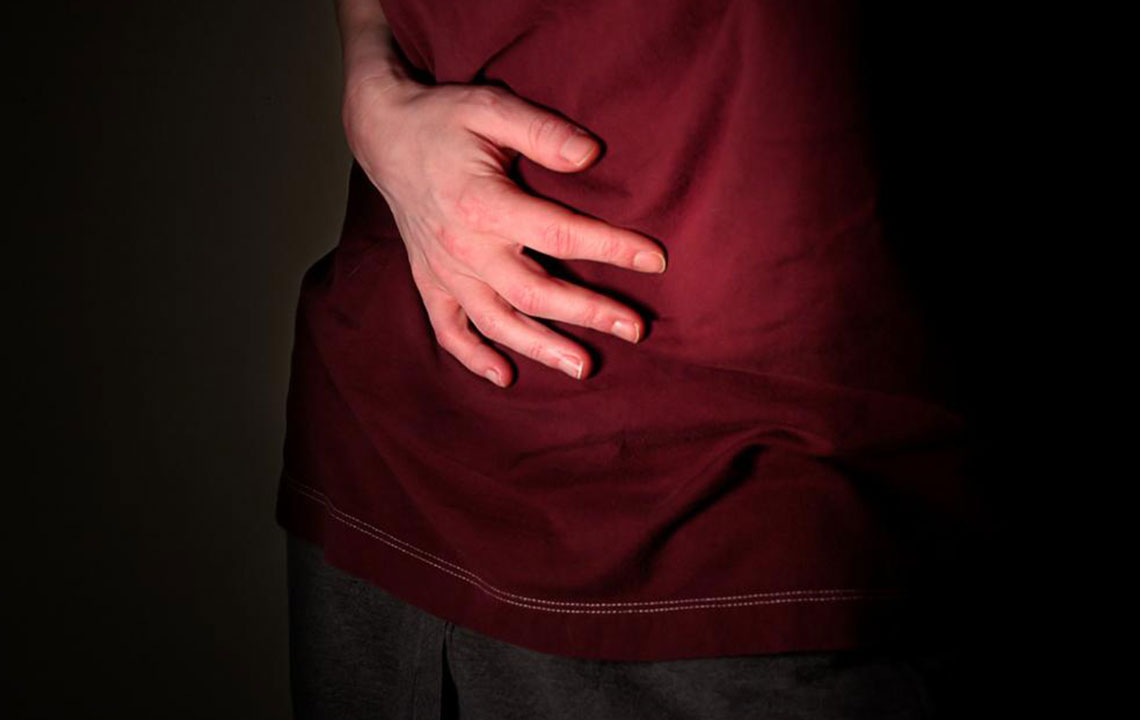Comprehensive Guide to Managing Overactive Bladder Symptoms Effectively
Overactive bladder (OAB) is a common condition causing urgency, frequent urination, and incontinence. This comprehensive guide details effective management strategies, including lifestyle adjustments, dietary changes, physical exercises, natural remedies, and medical treatments. By understanding and implementing these approaches, individuals can significantly reduce symptoms, improve bladder health, and enhance their overall quality of life. The article emphasizes personalized care and consultation with healthcare providers for optimal results.

Comprehensive Strategies for Managing Overactive Bladder Symptoms
Overactive bladder (OAB) is a prevalent health condition that affects millions of people worldwide, yet it remains underdiagnosed and often misunderstood. This condition is characterized by a sudden, strong urge to urinate, frequent urination during the day, nocturia (nighttime urination), and sometimes urinary incontinence. Despite its widespread nature, many individuals hesitate to seek medical help due to stigma, embarrassment, or lack of awareness. Proper management and lifestyle modifications can help reduce symptoms significantly and improve quality of life.
Understanding the nature of overactive bladder is crucial for those affected. OAB results from involuntary contractions of the bladder muscles, which lead to the urgent sensations and increased frequency of urination. It can be triggered or worsened by various factors, including age, neurological conditions, hormonal changes, and lifestyle choices. As the population ages, the prevalence of OAB is expected to rise, making awareness and effective management increasingly important.
The first step in managing overactive bladder involves behavioral changes and lifestyle adjustments. Keeping a detailed bladder diary is an essential tool that helps patients and healthcare providers identify patterns in urination habits, triggers, and symptom severity. This diary typically includes recording fluid intake, urination times, and incidences of urgency or incontinence, providing valuable data that enables personalized treatment plans. Accurately tracking these details allows for targeted interventions to reduce symptoms and improve bladder control.
Dietary modifications also play a critical role in symptom management. Certain foods and beverages are known to irritate the bladder or increase urgency due to their diuretic or acidic properties. Common culprits include spicy foods, citrus fruits, tomatoes, caffeine, artificial sweeteners, and carbonated drinks. Eliminating or reducing these triggers can lead to noticeable improvements. Additionally, adopting a fiber-rich diet and maintaining healthy bowel movements prevent constipation, which can exert pressure on the bladder and exacerbate urgency and frequency. Incorporating fruits, vegetables, whole grains, and adequate hydration supports overall bladder health.
Beyond diet and behavior, maintaining a healthy weight is essential as excess body weight adds pressure on the bladder and pelvic floor muscles, worsening symptoms. Regular physical activity, such as pelvic floor exercises (Kegel exercises), can strengthen the muscles supporting the bladder and urethra, reducing urgency and leakage episodes. Managing chronic health conditions like diabetes, neurological disorders, and hormonal imbalances is equally vital, as these can influence bladder function.
Natural remedies and dietary supplements are increasingly recognized for their potential benefits. For example, pumpkin seeds contain compounds that may support urinary health, while herbs like saw palmetto and horsetail have traditionally been used to alleviate urinary symptoms. Vitamin D levels are also important, as deficiencies have been linked to urinary disorders; supplementation may improve bladder function when advised by healthcare professionals. It’s important to review all medications with your doctor to avoid drugs that could worsen OAB symptoms, including certain diuretics, sedatives, or antidepressants.
Complementary and alternative therapies offer additional avenues for symptom relief. Acupuncture aims to stimulate specific points to reduce bladder contractions and improve neurological signaling. Biofeedback training helps patients learn to control pelvic floor muscles more effectively. These therapies can be particularly useful when combined with medical treatments or lifestyle modifications. Always consult your healthcare provider before starting any new therapy to ensure its safety and appropriateness for your condition.
In some cases, pharmacological treatment with antimuscarinics or beta-3 adrenergic agonists may be prescribed to relax bladder muscles and reduce urgency. For individuals with severe symptoms unresponsive to conservative measures, minimally invasive procedures or surgical options might be considered. Living with OAB requires a comprehensive approach that combines education, lifestyle changes, medical management, and sometimes psychological support to address the emotional and social impacts of the condition.
In conclusion, managing overactive bladder effectively involves a multifaceted strategy tailored to individual needs. Patients are encouraged to engage in open communication with healthcare professionals, stay informed about new treatment options, and adopt habits that promote bladder health. Through proper management, many individuals can regain control over their urinary health and enjoy an improved quality of life, free from the embarrassment and discomfort associated with this common condition.





